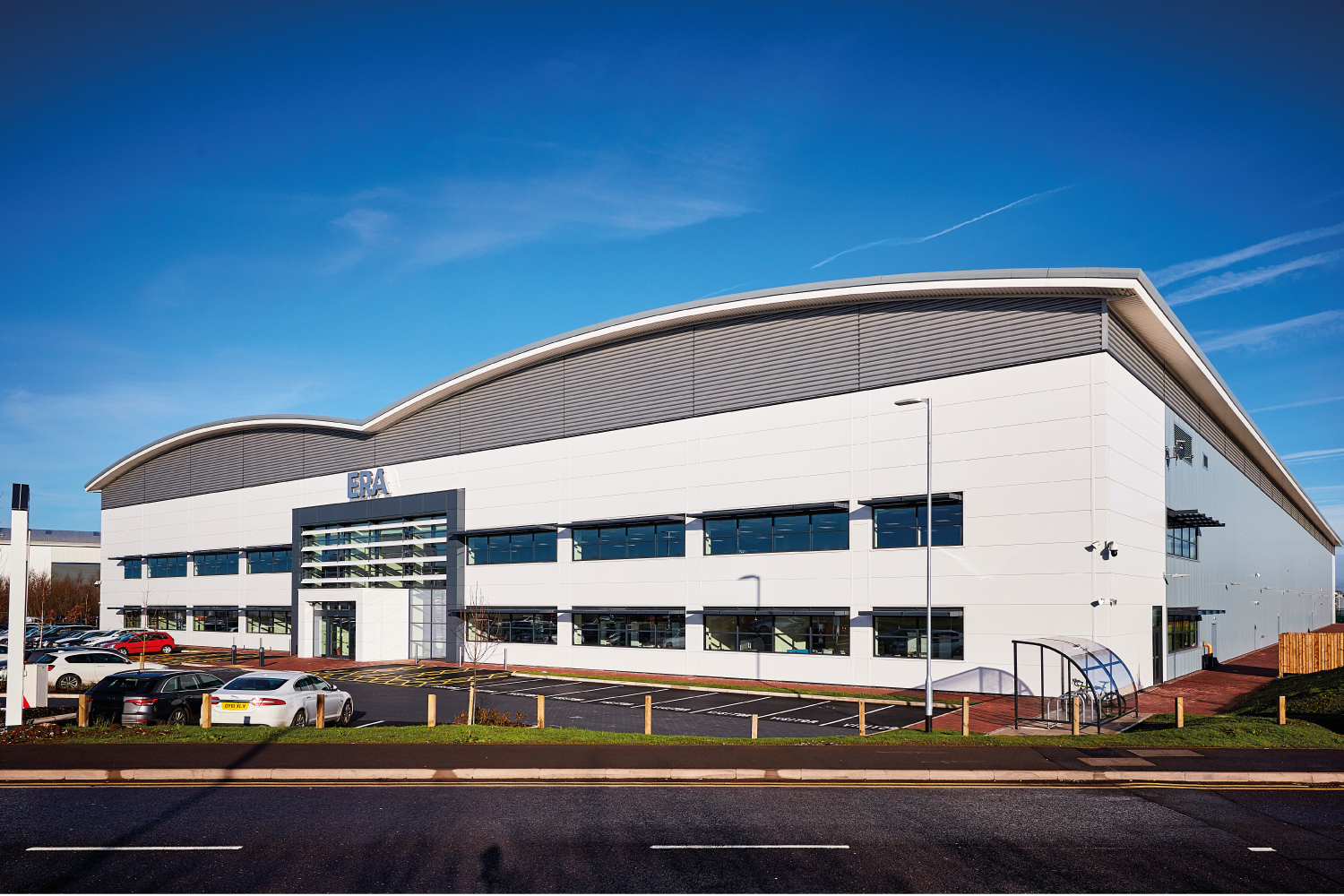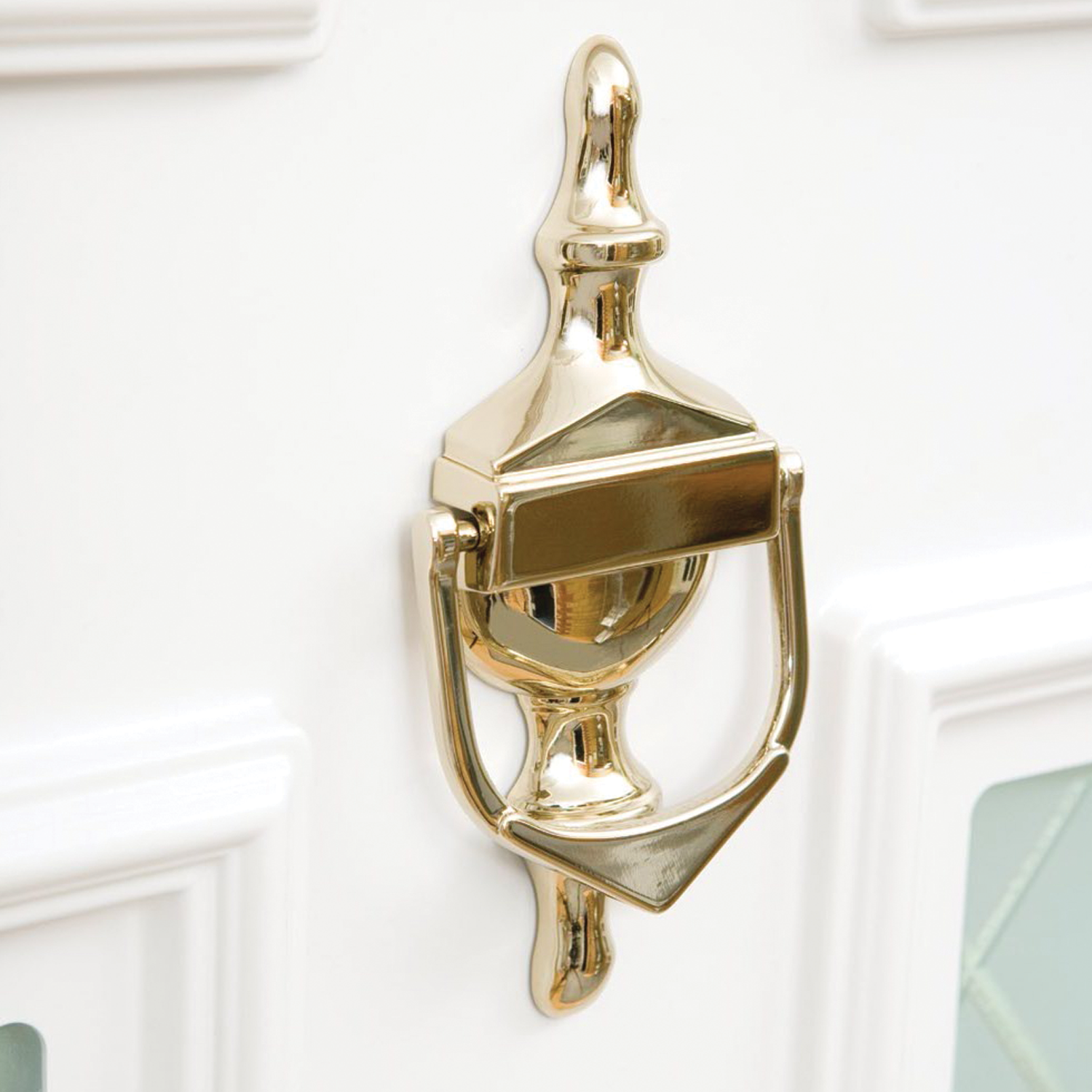Top-Notch R&D and Testing Help Fabricators and Installers
Research and Development (R&D) is a discipline that requires an awful lot of patience and tenacity. From initial concept all the way through to market launch, the process of introducing new hardware products has many steps involving several internal departments and external partners. But it is also a fascinating one, and here the Head of Product Management at ERA, Kerry Blackford, talks us through what R&D looks like in today’s hardware market, and reveals why it is the key to helping fabricators and installers to future-proof their business.
One of the great outcomes of ERA’s move to brand new purpose-built premises on the i54 business park just outside Wolverhampton late 2017, was the fact that thedesign and development departments were brought together under one roof. The 135,625 sq ft site is home to our state-of-the-art research and product development hub, design team, test facilities as well as manufacturing, warehousing and training facilities. With a team of six in product management and six in product design, having us all under one roof makes collaboration day to day much easier. So how do the two disciplines work together, and how do they involve other in-house and external stakeholders? Probably the best way to answer that is to look at the end-to-end process of bringing new products to market.

Not only do we focus on filling product gaps within our existing product portfolio with continued investment in new product development, but much of the company’s R&D activity centres on enhancing existing products or adapting products to suit specific window and door profile systems. This process can be customer-driven when products are required to create differentials; our own sales teams who spot a need for a new solution can initiate it; or it can be driven when relevant building regulations or performance standards change. Product managers also have a big influence on the process too. We also do gap analysis reviews in order to identify products that will support and enhance the company’s package offer.
We hold Blue Sky meetings where interesting and innovative ways of utilising new technology – such as smartware opportunities - and new materials are discussed. Collaboration with ERA’s group companies across Europe and the United States also facilitates the sharing of ideas.
Once the need for a new product has been identified, the ‘PRINCE2’ process-based method is used to project manage the delivery of it, taking it from initial concept to delivery. PRINCE2 (an acronym for PRojects IN Controlled Environments) involves the a number of key stages:
- Focus on business justification
- Defined organisation structure for the project management team
- Product-based planning approach
- Emphasis on dividing the project into manageable and controllable stages
- Flexibility that can be applied at a level appropriate to the project
At ERA, what this involves at the outset is cost validation, designing to a specification, and concept development by the design team with the support of key stakeholders such as the sales team and product managers.
A 3D CAD system is used to design the new product and demonstrate its features. Excitingly, we are also able to make use of our 3D printers for design validation. They are used to produce plastic samples of a proposed new product in order to test that they are suitable for the application for which they are intended. We also use metal prototypes for more advanced functionality and aesthetics testing.
New tooling is commissioned with our approved manufacturing partners, and prototypes are then produced which are then rigorously tested. Testing is critical, particularly with innovative designs.
After this, provided all stakeholders are in agreement, the new product can then be taken through the requisite approvals to ensure they meet relevant quality standards, and only then can they be marketed and sold.
It is always our intention to try to speed up the process while maintaining the integrity of new designs. In order to achieve this, new design technology is constantly being introduced such as clever touch screens for design reviews and specialist video conferencing facilities for product reviews with our manufacturing teams.
Fabricators and installers need to know that their hardware supplier is not only providing solutions for today’s market, but that it is keeping a close eye on that of the future. Future-proofing fabricators’ and installers’ business means being able to identify coming market trends and being agile enough to respond to them in a timely fashion. This is why being in contact with all relevant regulatory bodies is so important, and not only being in contact with them, but also having members of staff who actually sit on the bodies’ committees too. This results in prior knowledge of what is going to be required when pulling together a new product specification, and is also invaluable when enhancing new products.
In the current financial climate, value for money is important for fabricators and installers. Here at ERA we are continually looking at ways to modify and enhance our 10,000 product lines to try to offer improved value for money and ways in which our customers can find positive differentials. All of which is certainly keeping those of us involved in product development on our toes!

Collaboration with Deceuninck Brings Innovation to Flush Door Market
A great example of ERA’s UKAS accredited testing laboratory and R&D design team together playing an integral role in the company’s new product development is a recent collaborative project for Deceuninck. This saw the development of bespoke hardware for a new Deceuninck PVCu Flush Door. The initiative demonstrates how collaboration between ERA and its customers facilitates product innovation with great results.
ERA’s bespoke solution includes door locks, keeps, hinges and an opening restrictor, and is the result of an eighteen month close partnership between Deceuninck’s and ERA’s teams. The new hardware is to become part of Deceuninck’s own product offering. However, ERA’s Fab&Fix range will continue to complement the Deceuninck range of windows and doors.
Rob McGlennon, MD of Deceuninck comments:
“Having experienced at first hand ERA’s UKAS accredited testing laboratory at work in tandem with its R&D operation, I can say we have full confidence in the company’s team of engineers and in its state-of-the-art facilities. ERA gave us the benefit of their considerable expertise, and we are confident that the excellent results will help us to grow our business in the Flush Doors market.”
ERA’s testing laboratory is completely autonomous, and is fully equipped to test windows and doors to the most stringent and up to date industry standards, providing accurate data on window and door endurance and lifespan. The company can test casement windows, sash windows; and single or double doors to British Standards, providing full UKAS accredited reports or an initial indicative report,depending on requireme




